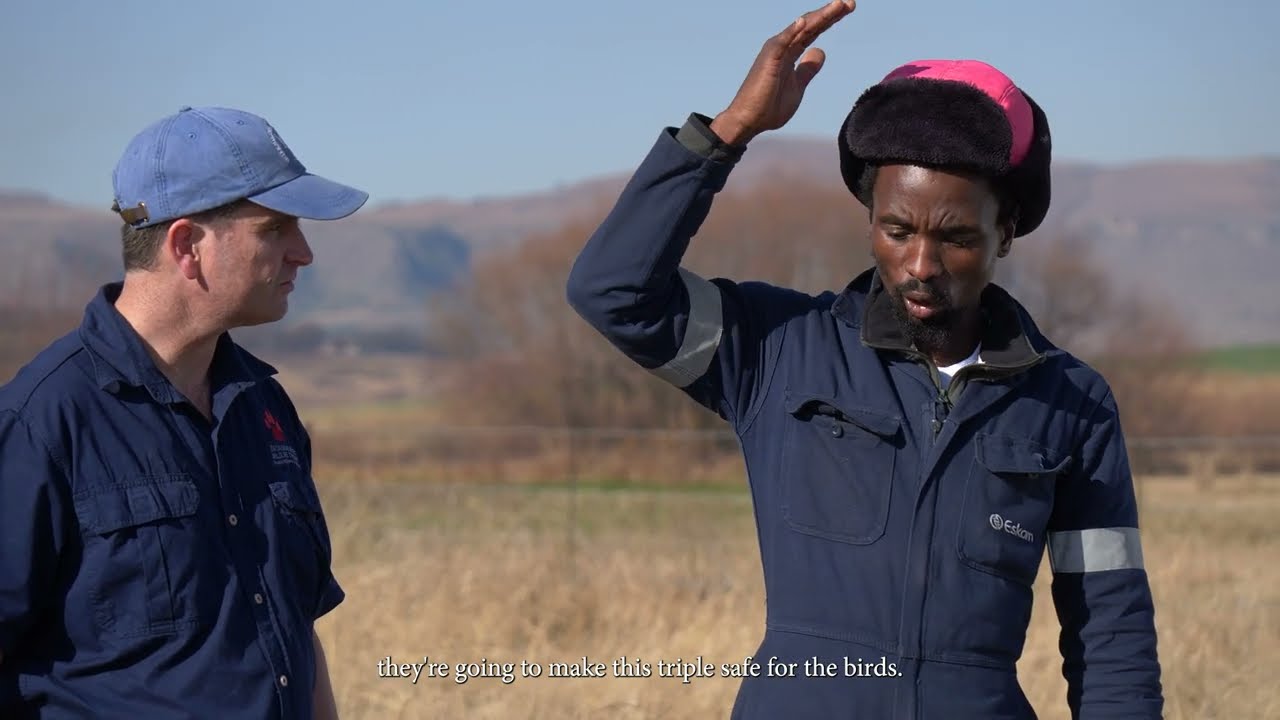– The impact of human activity on crane migration routes
– Implementing technology for safer skies for cranes
– The role of conservation efforts in protecting crane populations
– Educating communities about crane conservation
Human activities have massively influenced the natural world, often disrupting the delicate balance ecosystems rely on for stability. Among these disruptions, the migration paths of birds, especially cranes, have been notably affected. Cranes, majestic birds renowned for their long-distance migrations, face numerous challenges due to habitat loss, climate change, and collisions with man-made structures. Making skies safer for cranes is a pressing issue that demands attention. Through technology, conservation efforts, and community education, strides can be made toward safeguarding these birds during their significant migratory journeys.
The impact of human activity on crane migration pathways cannot be understated. Habitats that serve as pivotal stopover points for these birds during their migrations are being lost at an alarming rate to agriculture, urban development, and industrialization. These areas provide essential resources for cranes, such as food, rest, and shelter, which are crucial for survival during the strenuous journey. Furthermore, towering structures like skyscrapers and wind turbines pose collision risks, with many cranes falling victim to these obstacles annually. Addressing these challenges requires a multifaceted approach, blending technology, policy, and public engagement to effect real change.
Technology offers a beacon of hope in making skies safer for cranes. Advanced tagging and tracking systems have become invaluable in studying crane migration patterns, offering insights into their behavior, travel routes, and the challenges they encounter. This data is critical in informing conservation strategies, identifying key areas for protection, and mitigating risks posed by human-made structures. Moreover, radar technology and automated warning systems are being explored to prevent crane collisions with potentially hazardous obstacles. Although not a panacea, these technological solutions play a crucial role in addressing the threats cranes face in their migratory journeys.
Conservation efforts are equally vital in protecting cranes. Protected areas, reserved exclusively for wildlife, ensure cranes have safe habitats for nesting, breeding, and stopovers during migration. Conservation organizations worldwide are working tirelessly to secure and restore crane habitats, employing both grassroots initiatives and top-level advocacy to promote policies favoring crane conservation. International collaborations bolster these actions, as crane migration routes often span multiple countries, necessitating concerted efforts across borders.
Educating communities about crane conservation is essential. Awareness and appreciation of cranes and their migratory journeys can foster a culture of coexistence and support for conservation initiatives. Local communities, often the stewards of the lands cranes traverse, play a key role in protecting these birds. Through education programs, people learn about the importance of cranes in ecosystems, their threats, and how individuals can help make skies safer for cranes. These programs aim to inform and inspire action among local populations, driving community-led conservation efforts.
Making skies safer for cranes is a complex challenge, requiring a comprehensive and collaborative approach. The intertwining of technology, conservation practices, and community education forms the backbone of efforts to protect these magnificent birds. As cranes navigate the skies during arduous migrations, their survival hinges on our collective actions to minimize the threats they face. Through continued research, innovation, and cooperation, we can aim to ensure a safer passage for cranes, preserving their populations for generations to come. The journey toward making skies safer for cranes is ongoing, but with persistent effort and dedication, it can lead to success.
*****
Source Description
https://savingcranes.org/ The challenges cranes face in the Drakensberg region of South Africa are not unique. Changes in agriculture practices, power line collisions, human disturbance, poisoning, land conversion, and illegal trade of birds and their eggs, to name a few. This area is unique in the fact that it holds three of Africa’s four regional crane species. In this Four-minute Film, we will hear from Bradley Gibbons, Highland Grassland Field Officer, about how we work with both power companies and landowners to address the threat of power line collisions to ensure safer skies for South Africa’s cranes.
Our Four-Minute Film series brings you stories from the field as told by our resident flock and the extraordinary people saving cranes across the globe. These films were made possible through Advancing Conservation Through Empathy for Wildlife (ACE for Wildlife).


